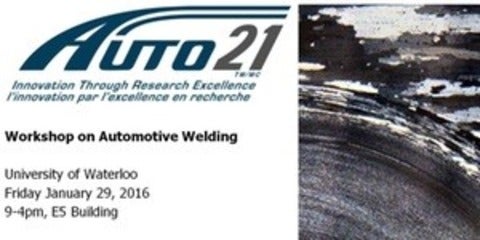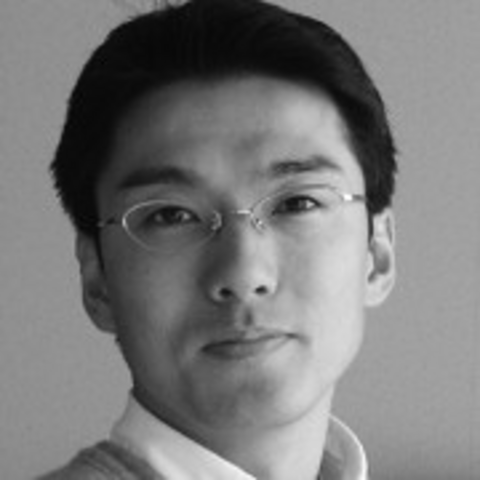CAMJ members present their most recent research findings.
Current undergraduate students
This one day workshop will focus on issues relating to vehicle light-weighting, such as joining, corrosion, and implementation of dissimilar materials. Both academic and industrial speakers will present their latest findings and perspectives on subjects including:
- Friction stir welding
- Corrosion of Mg alloys
- Spot welding of light alloys
- Joining of aluminum to steel
- High productivity arc welding of aluminum
Friction Stir Welding and Processing of High Melting Temperature Alloys
Presented by Prof. Antonio Ramirez, Welding Engineering Program at the Ohio State University
Visiting researcher seminar: Professor Motomichi Yamamoto from Hiroshima University, Japan
Dr. Yamamoto is a professor at Hiroshima University, Mechanical Science and Engineering in Hiroshima Prefecture, Japan. The topic of his talk was "Development of hot‐wire laser welding processes
and observation techniques for welding phenomena"
CAMJ alumni at Smarter Alloys one of Canada's success stories
University of Waterloo grad and CAMJ alumni Ibraheem Khan and his startup, Smarter Alloys, are finding success despite a weakening Canadian economy. Smarter Alloys uses its own Multiple Memory Material to precisely control the pseudoelastic and shape memory effect of a shape memory alloy. The company plans to continue growing in the coming months.
Source, CBC
Presentation by Dr. Jolanta Janczak-Rusch from Empa, Swiss Federal Laboratories for Materials Science and Technology
Dr Jolanta Janzack–Rusch is a professor at Empa, Swiss Federal Laboratories for Materials Science and Technology, her topic was “Development of nano-layered brazing fillers for low-temperature joining”.
Her presentation was focused on methods of developing low temperature joints for high temperature applications, using nano-structured multilayers.
Presentation by Professor Victor Baltezar from Autonomous University of Zacatecas, Mexico
Dr Baltezar is a professor in Materials Science and Engineering Department, Autonomous University of Zacatecas, Mexico. The topic of his talk was “Tempered Martensite Islands Characterization in GMAW of Automotive DP980 steel”.
He discussed a model for predicting the hardness of DP980 steel after subjecting to various heat treating cycles.
Presentation by Dr. Heikki Remes from Aalto University, Helsinki, Finland
Dr. Remes is an assistant professor in Marine Technology, Department of Applied Mechanics, School of Engineering, Alato University, Finland. His talk was centered on the analyses of the performance of large steel structures fabricated from new steels operating in marine environments. Emphases was placed on fatigue and fracture modeling, and notch sensitivity of welded high strength steel marine structures.
Original welding processes using the combination of a hot‐wire system and laser heat source are developed in Hiroshima University. These processes have advantages of low heat input, low dilution, high controllability of weld metal and HAZ properties, highefficiency, and so on. Some applications of hot‐wire laser welding process for a narrowgap joint, fillet welded joint, heavy‐thick vertical joint will be introduced. The observation techniques using image sensors for temperature cycle, solidification phenomena during welding will also be introduced.
CAMJ members present their most recent research findings.
- Previous page
- Currently on page 2 2
- Next page

